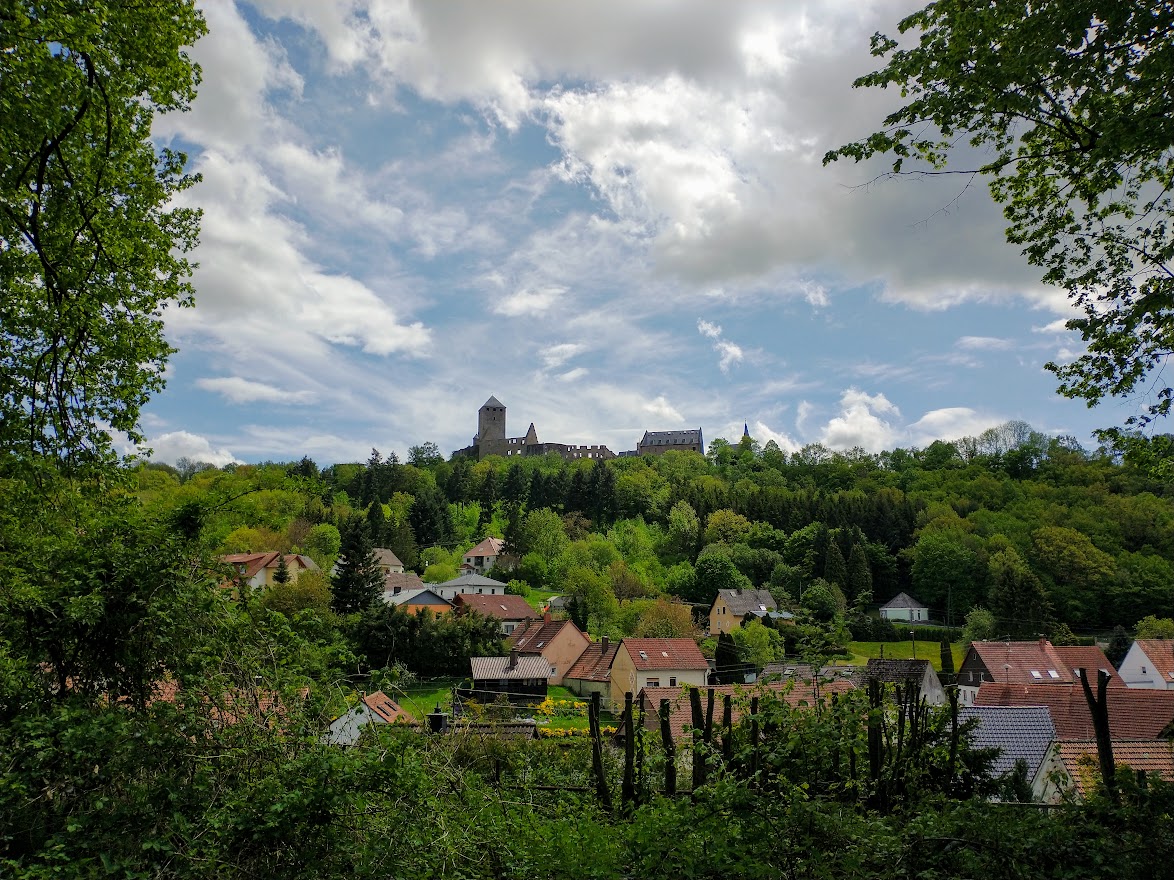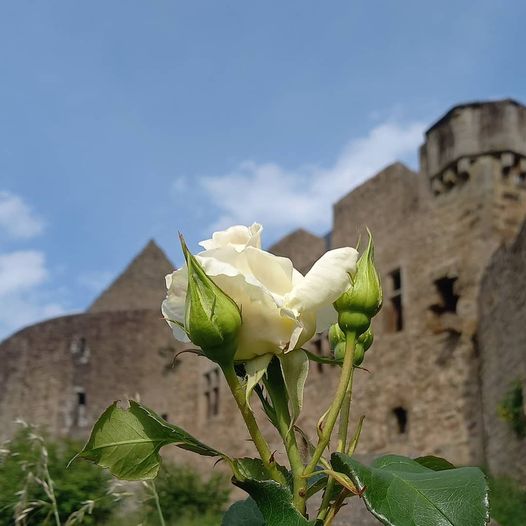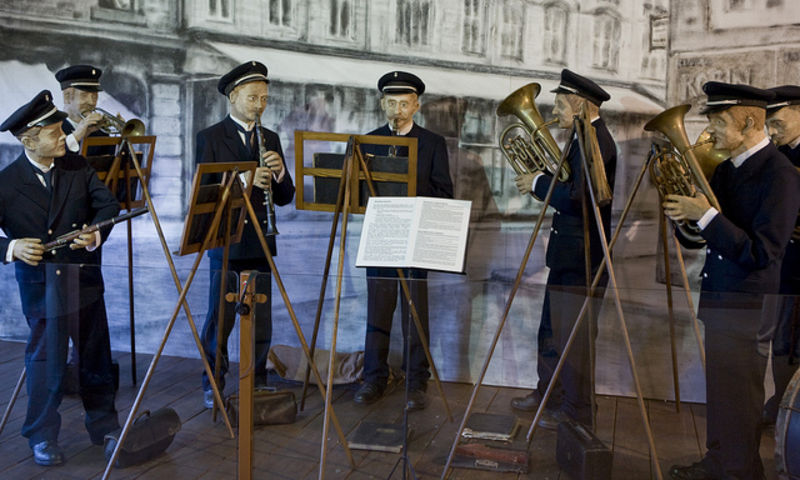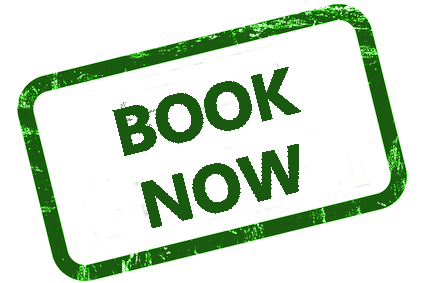A quick look at history:
 Nobody knows exactly when the construction of Lichtenberg Castle began. What is certain is that a small fortress was already standing on the Lichtenberg when Friedrich II complied with a lawsuit from the nearby Remigiusberg monastery and ordered that the castle should be demolished again because it had been built on the monastery land without a permit. However, the owners of the castle at that time, the Counts of Veldenz, did not comply with this order and so construction was continued on what is now the lower castle. Around the year 1270, a second castle, today's Oberburg, was built on the higher ridge of the Lichtenberg. Between 1300 and 1450 the smaller upper castle was considerably expanded, during this time it received the east and west palaces, a moat was dug and the entire fortification in the east, the only attack site for enemies, was reinforced.
Nobody knows exactly when the construction of Lichtenberg Castle began. What is certain is that a small fortress was already standing on the Lichtenberg when Friedrich II complied with a lawsuit from the nearby Remigiusberg monastery and ordered that the castle should be demolished again because it had been built on the monastery land without a permit. However, the owners of the castle at that time, the Counts of Veldenz, did not comply with this order and so construction was continued on what is now the lower castle. Around the year 1270, a second castle, today's Oberburg, was built on the higher ridge of the Lichtenberg. Between 1300 and 1450 the smaller upper castle was considerably expanded, during this time it received the east and west palaces, a moat was dug and the entire fortification in the east, the only attack site for enemies, was reinforced.
In the course of time, the lower and upper castle were connected with each other by walls. The area between the castles was first used as a garden, which gradually had to give way to the houses of the castle residents. In the 18th century the tithe barn (1738) and the church (1755-1758) were built in this area.
 During the whole time the defense system in the east of the castle was reinforced by a second moat, as well as towers and walls. At the beginning of the Thirty Years War, when the Spanish troops advanced, the mighty horseshoe tower was built in just 40 days. With its 4.50 m thick walls and the funnel-shaped loopholes, it had already been built for defense with cannons and muskets, which made it the "most modern" tower of the castle.
During the whole time the defense system in the east of the castle was reinforced by a second moat, as well as towers and walls. At the beginning of the Thirty Years War, when the Spanish troops advanced, the mighty horseshoe tower was built in just 40 days. With its 4.50 m thick walls and the funnel-shaped loopholes, it had already been built for defense with cannons and muskets, which made it the "most modern" tower of the castle.
Although the castle was never conquered by enemies, it fell victim to a major fire in 1799, turning almost the entire castle into ruins.
After troops of the French Revolutionary Army occupied the area in 1792, the castle was declared national property of the French and some of the houses and ruins were auctioned for demolition. Because these finished stones were cheap building material for the people in the area. Little by little, a small village with up to 100 inhabitants developed between the ruins. It was only under Prussian administration (1834-1945) that the castle was placed under monument protection in 1895 and reconstruction began.
Today the castle is a worthwhile excursion destination and a meeting place. In addition to the Musikantenlandmuseum and the Natural History Museum, another museum opened its doors in August 1998, the Geoskop. This modern building gives the visitor impressive insights into the Perm-Carboniferous era.

Geoscope
all year round daily
10:10 a.m. - 12:00 p.m. and 2:00 p.m. - 5:00 p.m.
for groups also by appointment
Musikantenlandmuseum
all year round daily
10:10 a.m. - 12:00 p.m. and 2:00 p.m. - 5:00 p.m.
for groups also by appointment






